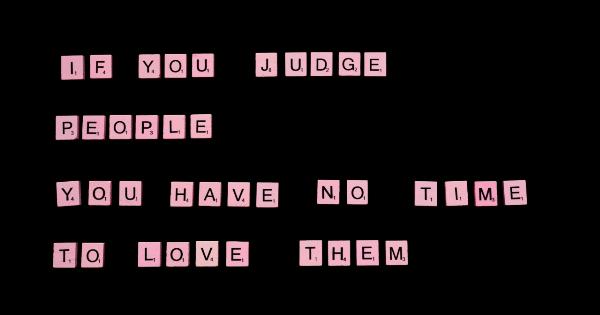Panic attacks can be debilitating and overwhelming. They can happen without warning, often leaving the individual feeling like they’re losing control.
Panic attacks can be triggered by various factors, including stress, anxiety, and even environmental factors. If you are someone who experiences panic attacks, it’s essential to know that you’re not alone. Here are three proven methods that can help you manage panic attacks:.
Method #1: Deep Breathing Techniques
One of the effective ways to manage a panic attack is to practice deep breathing exercises. Deep breathing exercises help to slow down your breathing, ultimately helping you calm down when you’re feeling anxious and overwhelmed.
Here are some deep breathing techniques you can try:.
- Belly breathing: Sit up straight or lie down, then place your hand on your stomach. Slowly inhale through your nose and exhale through your mouth, making sure your hand rises and falls with your breaths.
- 4-7-8 breathing: Inhale through your nose for four seconds, hold your breath for seven seconds, then exhale for eight seconds.
- Pursed-lip breathing: Breathe in through your nose, then purse your lips and exhale slowly through your mouth.
Method #2: Cognitive Behavioral Therapy
Cognitive-behavioral therapy (CBT) is a proven method in treating panic attacks and anxiety. CBT helps individuals confront their fears and negative thoughts and replace them with positive ones.
A CBT therapist can help you identify your specific triggers and develop healthy coping mechanisms to help you deal with panic attacks. Here are some techniques that CBT therapists use:.
- Deep breathing: As discussed earlier, deep breathing exercises can help you calm down during a panic attack.
- Muscle relaxation: Relaxing your muscles, one at a time, can also help you manage a panic attack. Focus on breathing in and out while you tense and then release your muscles, working from your toes to your head.
- Exposure therapy: Exposure therapy involves gradually exposing yourself to the situations that trigger your panic attacks, helping you overcome the fear and anxiety associated with them.
Method #3: Medication
In some cases, medication may be prescribed to help manage panic attacks. Antidepressants and anti-anxiety medications can help reduce the symptoms of a panic attack and prevent future panic attacks from occurring.
However, medication should always be taken under the guidance of a healthcare professional, as some medications can cause side effects and may not be suitable for everyone.
In conclusion, managing panic attacks can be challenging, but it’s not impossible. With the right tools and support, you can learn to control your symptoms and live a healthy, fulfilling life.






























